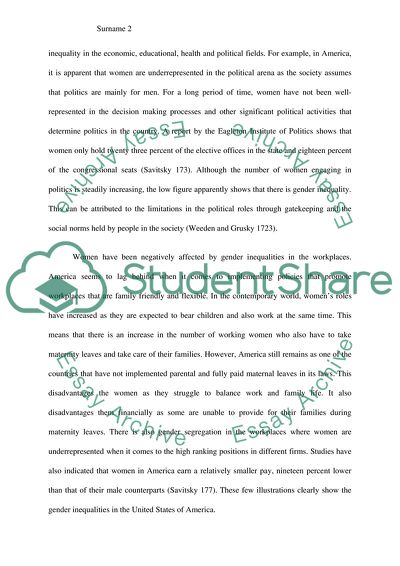Cite this document
(Gender and Race Inequalities Report Example | Topics and Well Written Essays - 2250 words, n.d.)
Gender and Race Inequalities Report Example | Topics and Well Written Essays - 2250 words. https://studentshare.org/sociology/1811719-gender-and-race-inequalities
Gender and Race Inequalities Report Example | Topics and Well Written Essays - 2250 words. https://studentshare.org/sociology/1811719-gender-and-race-inequalities
(Gender and Race Inequalities Report Example | Topics and Well Written Essays - 2250 Words)
Gender and Race Inequalities Report Example | Topics and Well Written Essays - 2250 Words. https://studentshare.org/sociology/1811719-gender-and-race-inequalities.
Gender and Race Inequalities Report Example | Topics and Well Written Essays - 2250 Words. https://studentshare.org/sociology/1811719-gender-and-race-inequalities.
“Gender and Race Inequalities Report Example | Topics and Well Written Essays - 2250 Words”. https://studentshare.org/sociology/1811719-gender-and-race-inequalities.


